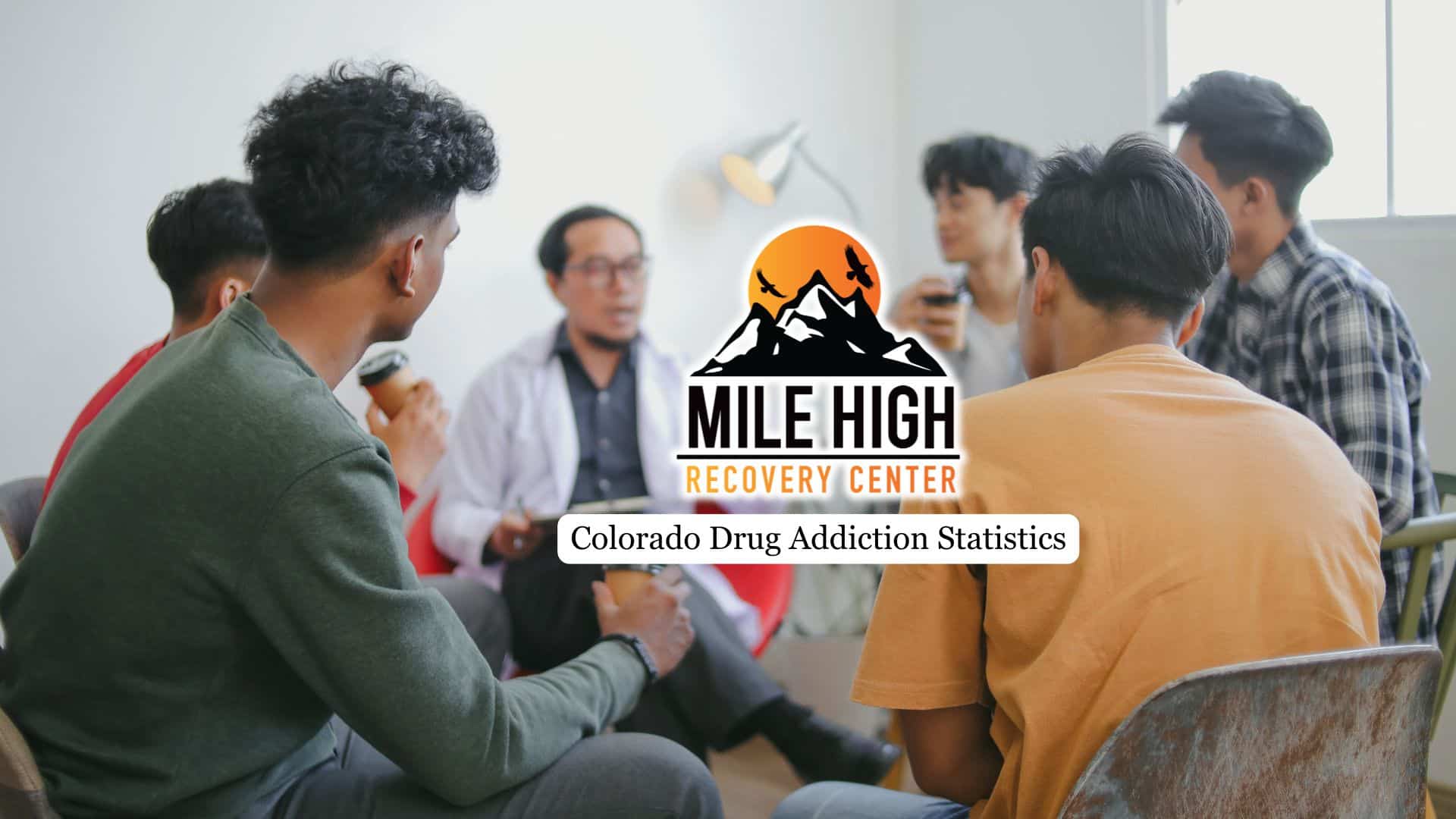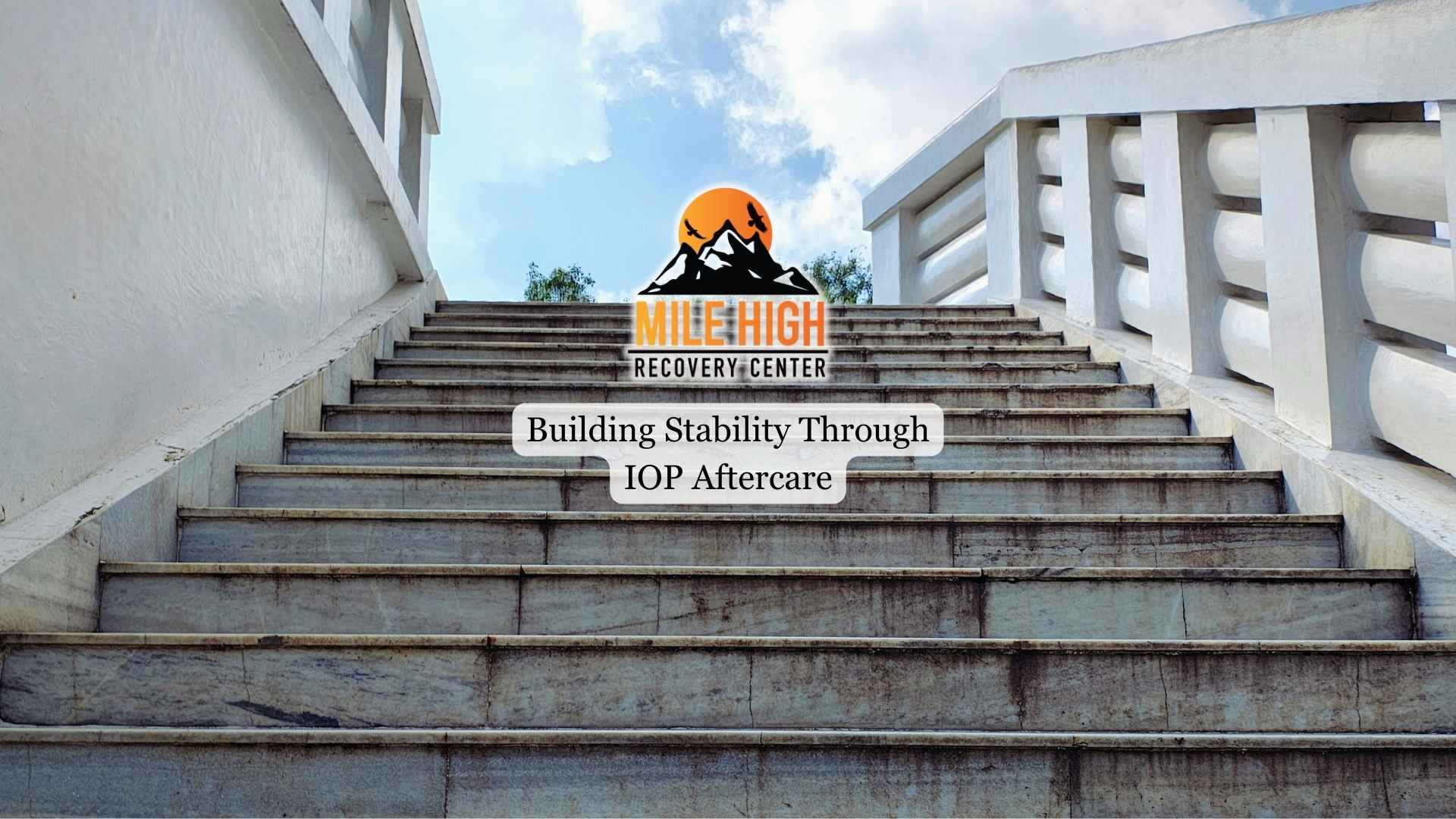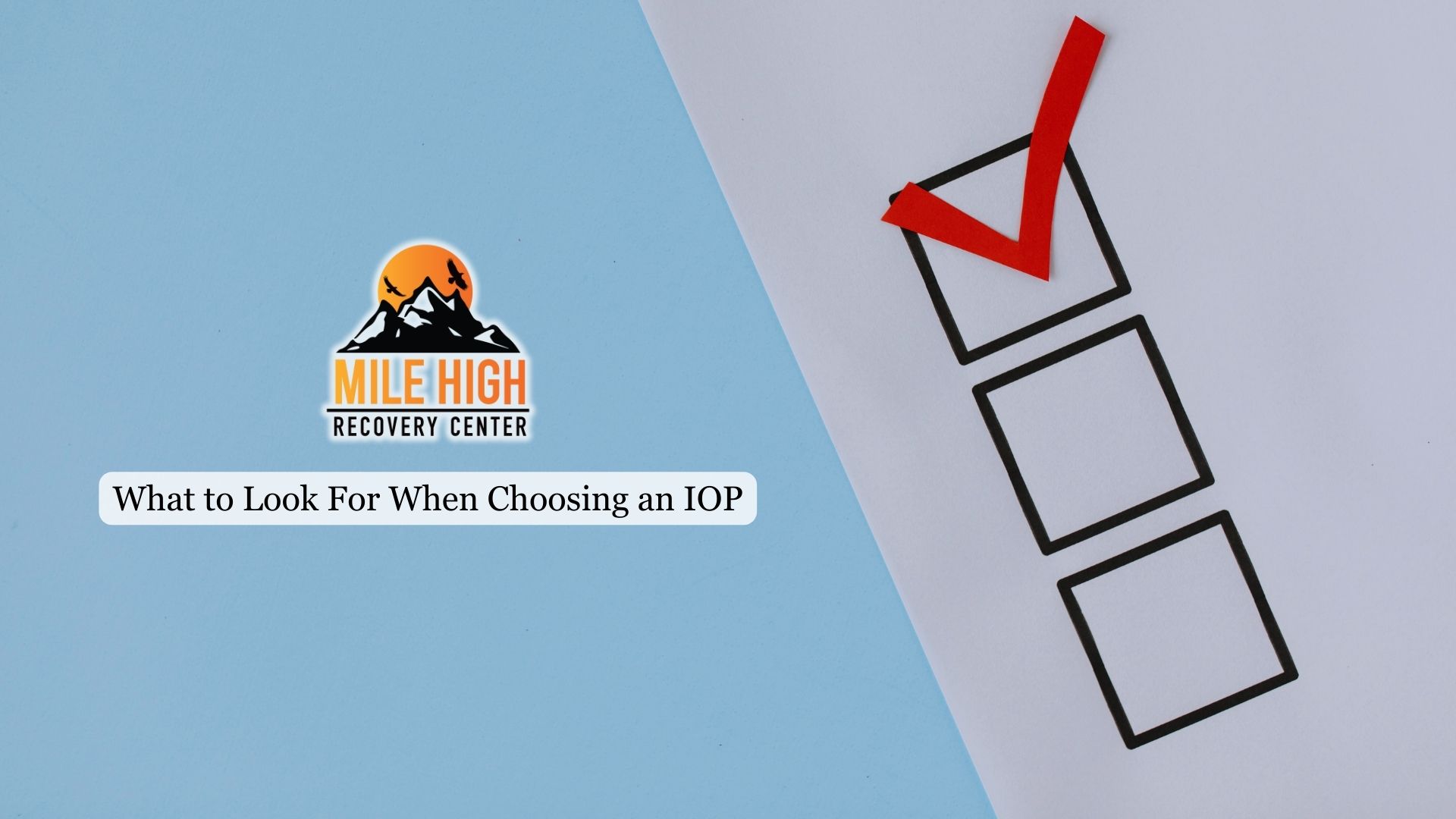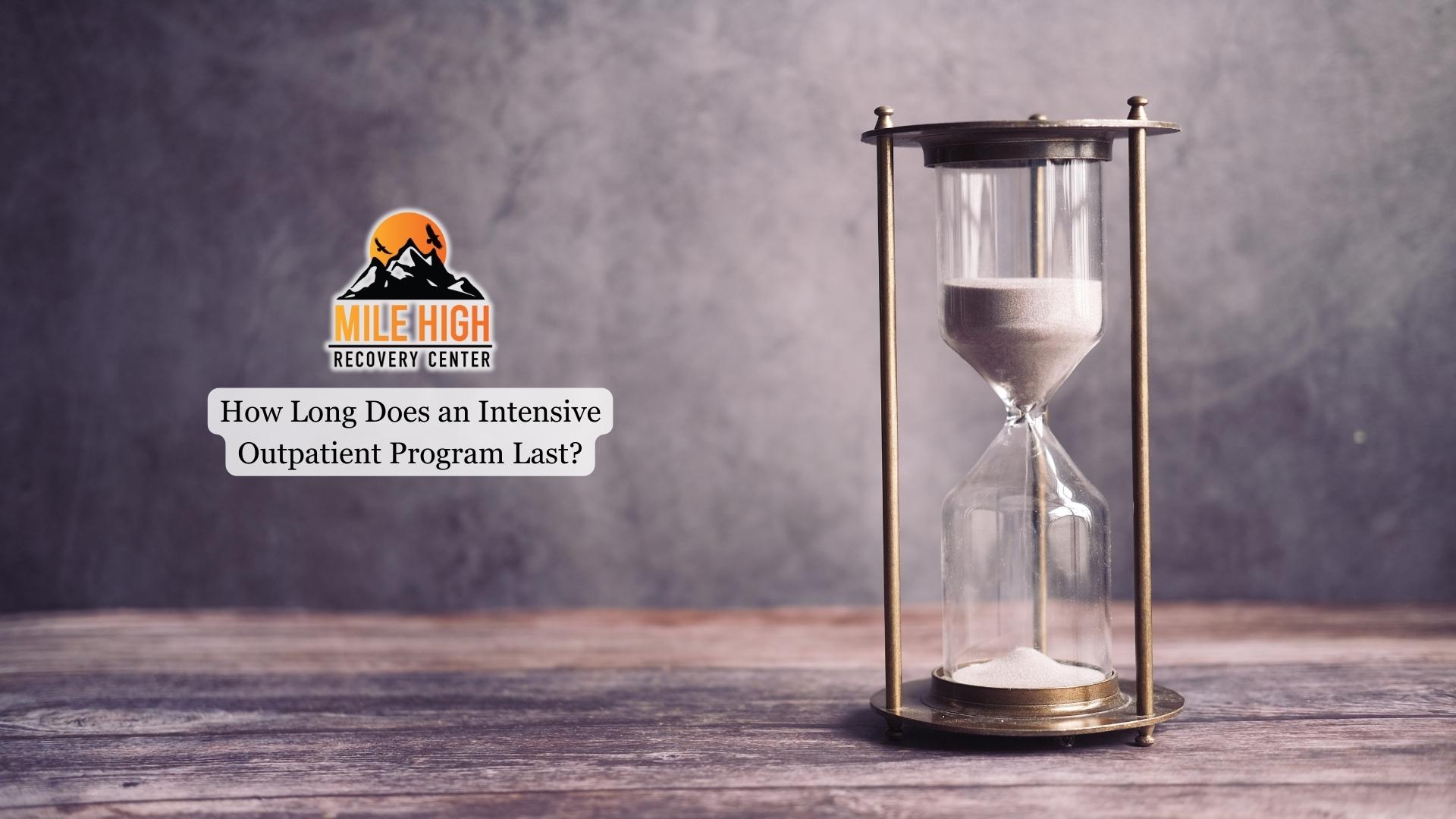Drug use continues to be a significant public health concern in Colorado, with trends showing shifts in both substance use patterns and overdose rates. Understanding these statistics is critical for addressing substance use disorder, improving health outcomes, and supporting locals through effective treatment programs.
This article explores key drug addiction statistics in the state, including overdose deaths, marijuana use, and other substance-related trends.

Substance Use Trends in Colorado
Marijuana, opioids, and stimulants are among the most frequently misused substances in the state and continue to pose significant public health challenges. Recent health data shows marijuana leads the list, with use tied to both recreational habits and non-medical misuse. Colorado ranks 13th nationally for overall drug use prevalence, with about 13.4% of adults reporting non-medical use of prescription or other substances. This figure, higher than the national average, underscores how everyday choices around both legal and illicit drug use are reshaping the state’s addiction crisis.
These points highlight the importance of access to professional addiction rehab programs in Colorado, where facilities provide structured support, evidence-based therapies, and pathways to long-term recovery.
Rising Drug Overdose Deaths
The state has seen a sharp increase in fatalities due to drug overdoses in recent years. The Colorado Department of Public Health and Environment’s (CDPHE) official overdose dashboard reports fentanyl deaths at 540 in 2020, 912 in 2021, 920 in 2022, and 1,097 in 2023. In 2024, Boulder County reported a decline, attributed to naloxone distribution and expanded harm reduction programs. Yet this early 2025, fatalities rose again: between January and June, fentanyl deaths increased 50%, methamphetamine deaths rose 47%, and deaths involving both substances nearly tripled compared to the same period in 2024. These shifts illustrate the unpredictable and dangerous nature of the current drug supply.
Youth and Demographic Trends
Colorado teens face higher risks compared to their peers nationwide. Data from Drug Abuse Statistics shows they are 18.78% more likely to use drugs than the average U.S. teenager. Roughly 38,000 adolescents (8.62% of ages 12–17) report drug use, and among those, more than 84% use marijuana.
Alcohol also plays a role: 8.43% of local teens consume it, making them 22.56% more likely to drink than teens in other states. Beyond marijuana and alcohol, smaller percentages report trying substances like cocaine, methamphetamine, or prescription pain relievers. While less common, these substances still present serious risks.

Substance Abuse and Mental Health
Addiction often intersects with mental health challenges. According to the 2023 Colorado Health Access Survey (CHAS), 26.2% of residents reported experiencing poor mental health, the highest level recorded in the survey’s history, and about 17% reported being unable to access needed care.
These mental health pressures increase vulnerability to substance misuse, and CDPHE data shows that many overdose victims in the state also had documented histories of depression, anxiety, or trauma-related disorders. The overlap between mental illness and addiction underscores the importance of integrated rehab and treatment programs that combine therapy, psychiatric support, and substance use care to improve long-term outcomes.
Statewide Efforts and Resources
The CDPHE, through the Colorado Consortium for Prescription Drug Abuse Prevention, leads key statewide interventions. They track overdose data through interactive dashboards, providing real-time insights to policymakers and providers.
The Fentanyl Accountability and Prevention Act of 2022 increased penalties for distribution while funding treatment expansion, though critics warn against relying too heavily on punitive measures
In 2025, Colorado passed HB24-1003, permitting schools to stock naloxone without liability. This student-led effort ensures life-saving medication is more accessible during emergencies. Rehab centers and community organizations are broadening access to evidence-based treatment approaches such as medication-assisted treatment, cognitive behavioral therapy (CBT), dialectical behavior therapy (DBT), and family-based programs that address both prevention and recovery.
Final Thoughts from Mile High Recovery
Colorado’s drug statistics show a complex picture of high marijuana use, increasing fentanyl-related deaths, and risks that reach across generations. These challenges cannot be solved with one approach alone, and they demand prevention strategies, accessible treatment, and stronger connections between mental health and addiction services.
At Mile High Recovery, these statistics are more than numbers. They highlight the urgent need for action. Our residential treatment program in Colorado combines proven approaches such as integrated mental health services and tailored recovery planning to ensure clients receive care that reflects both clinical expertise and community realities. Our goal is to provide a safe, supportive environment where long-term healing and recovery can truly take root.







